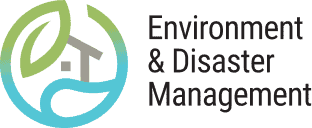Monsoon rains in Southeast Asia and hurricanes in the Gulf of Mexico and the Atlantic Ocean have caused widespread devastation across Nepal, Bangladesh, India, the Caribbean, and Texas, Florida, and the Virgin Islands in the United States. In Mexico, an 8.1 earthquake struck off the coast, the strongest in a century, during the evening of September 7, 2017.
While the damage done by Hurricane Irma and the earthquake in Mexico is just beginning to be understood, the flooding caused by Hurricane Harvey and the monsoon rains affected close to 1 million people and killed more than 100. Billions of dollars in losses have been calculated.
In the coming days, months, and years each community will have to decide for themselves how they should recover and rebuild. Each decision during reconstruction presents an opportunity to address underlying risks and vulnerabilities to people and infrastructure, and build back in a way that is safer and more resilient to future disasters. There are resources to help make informed decisions. For example, communities and government representatives in Chile, Nepal and Mozambique conducted a rapid environmental assessment to inform rebuilding decisions and many countries are working to use nature as part of diverse portfolio of rebuilding methods.
For additional information and resources for addressing environmental issues in recovery and reconstruction, contact an environmental specialist with the Green Recovery Connect.
